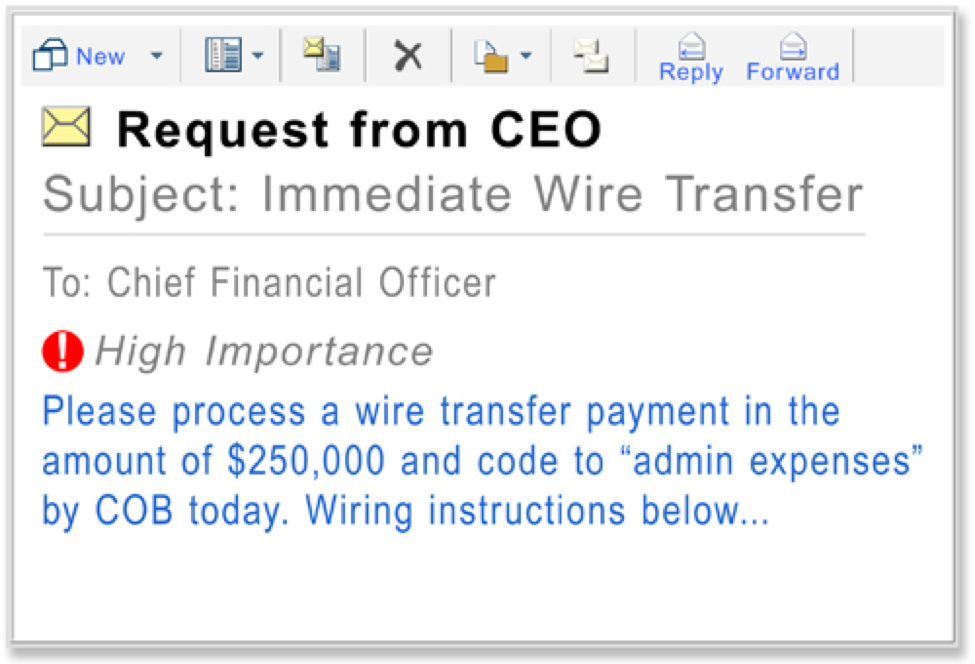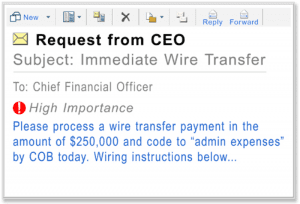
Keeping it Simple in Cybersecurity
Today, the cybersecurity industry focuses a lot more on complicated solutions and tools. Companies are always looking to improve their security measures with the latest technologies. However, attackers often choose
Join us for the Human Behavior Conference on Oct. 30th

If you work for, or with, small to mid-sized companies, you may think the risk of social engineering attacks is lower for you. You know all 30-100 people in your office so a stranger would stick out, you’re accustomed to their requests and how they behave. It may be easy to think that you would never get an unknown phishing email from HR or a vishing call from IT. After all, you know Bob from HR and Linda from IT very well. However, don’t let the small size of an organization give you overconfidence or a false sense of comfort. Social engineering small businesses is a favourite of attackers and it is often under-reported in the media. Additionally, it may be easy to fall into the trap of believing your organization is too small to be a target when there are much larger companies with bigger bottom-lines. However, the attacker is looking for the lowest hanging fruit, not necessarily the most lucrative. There are still lots of social engineering techniques that work effectively against small and mid-sized businesses. Attacks on these size of an organization are on the rise and they can be very devastating.


Even though you may be aware of all the individuals within an organization, do not underestimate an attacker’s ability to spear phish employees, even those in the C-suite. Many Chief Financial Officers (CFOs) in small businesses are the targets of spear-phishing campaigns, or very specific, individually tailored phishing emails asking the recipient to take an action that could compromise the network or financial well-being of the organization. An attacker may pose as the CEO or an authority figure that can make financial decisions and request the CFO wire some large sum of money to a contractor when, really, the CEO’s email address is being spoofed to make a fraudulent request that will send money directly to your attacker.
Additionally, some roles in organizations require interaction with the outside world, which an attacker will quickly be able to identify. The sales and marketing departments, specifically, must engage with unknown entities and individuals. If the sales department receives a new Purchase Order (PO) or a sales inquiry with an attachment, it may feel very natural for those employees to click a link, download a document and agree to whatever prompts those documents present. However, POs should be treated with extreme caution as they are expected, external-facing documents and could present the recipient with malware intended to compromise your organization’s network.
In the realm of impersonation, while you may know the face of everyone in your company, organizations interact with external contributors regularly. If your organization rents office space, anyone impersonating the cleaning crew, management company, service providers like pest control and package delivery, or even a frazzled looking spouse could present the opportunity for a malicious actor to breach your organization’s physical security.
Social engineering small businesses is a lucrative endeavour with lots of options for an attacker. Given all of these entry points, how can small to mid-sized businesses effectively defend against social engineering threats?
Good security requires defending on a variety of fronts. Try using as many of these recommendations as possible to protect your organization from malicious actors:
Sources:
https://us.norton.com/internetsecurity-privacy-risks-of-public-wi-fi.html
https://www.idahostatejournal.com/news/local/cyber-security-threats-against-small-businesses-on-the-rise-in/article_9353a9d2-160b-5b8d-93e2-065a6bf17d22.html
https://myonlinesecurity.co.uk/more-fake-purchase-order-malspam-delivering-malware/
https://www.social-engineer.com/protecting-trade-secrets-from-physical-intruders/
Image: https://blog.cloudmark.com/wp-content/uploads/2016/04/Picture1.png

Today, the cybersecurity industry focuses a lot more on complicated solutions and tools. Companies are always looking to improve their security measures with the latest technologies. However, attackers often choose

As the year progresses, so do the social engineering scams. We know these scams are on the rise, but what exactly are they, and how do we protect our companies